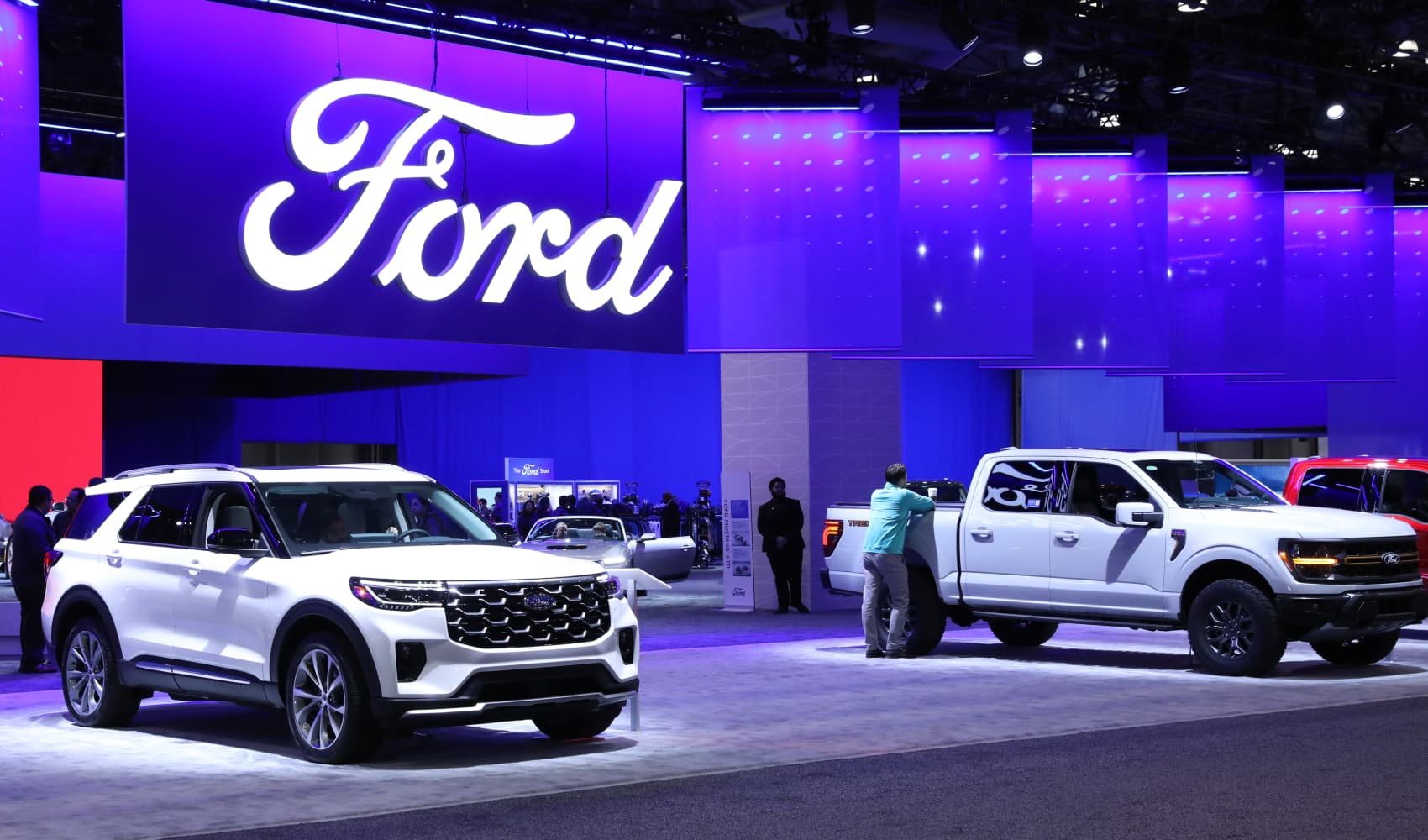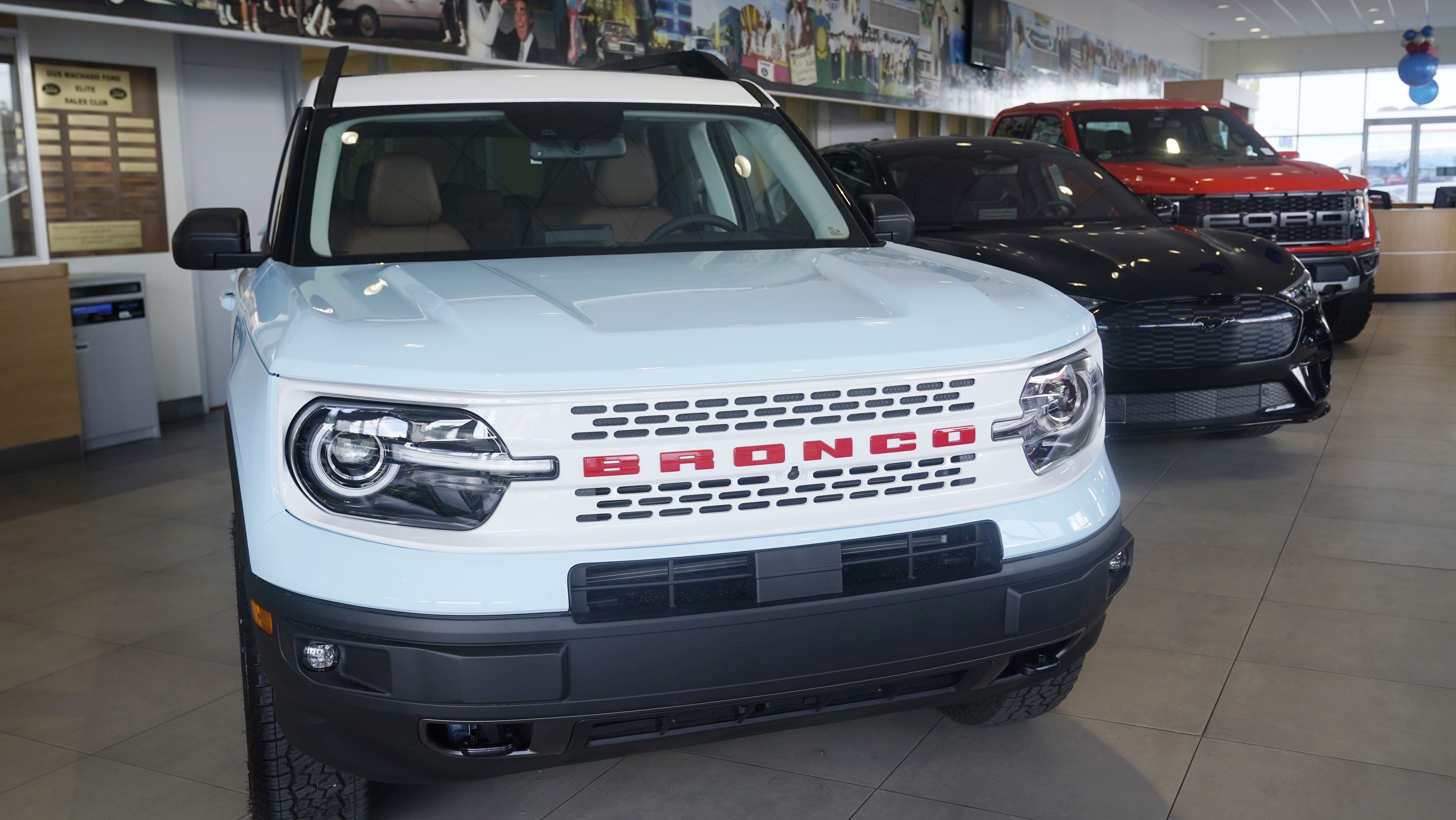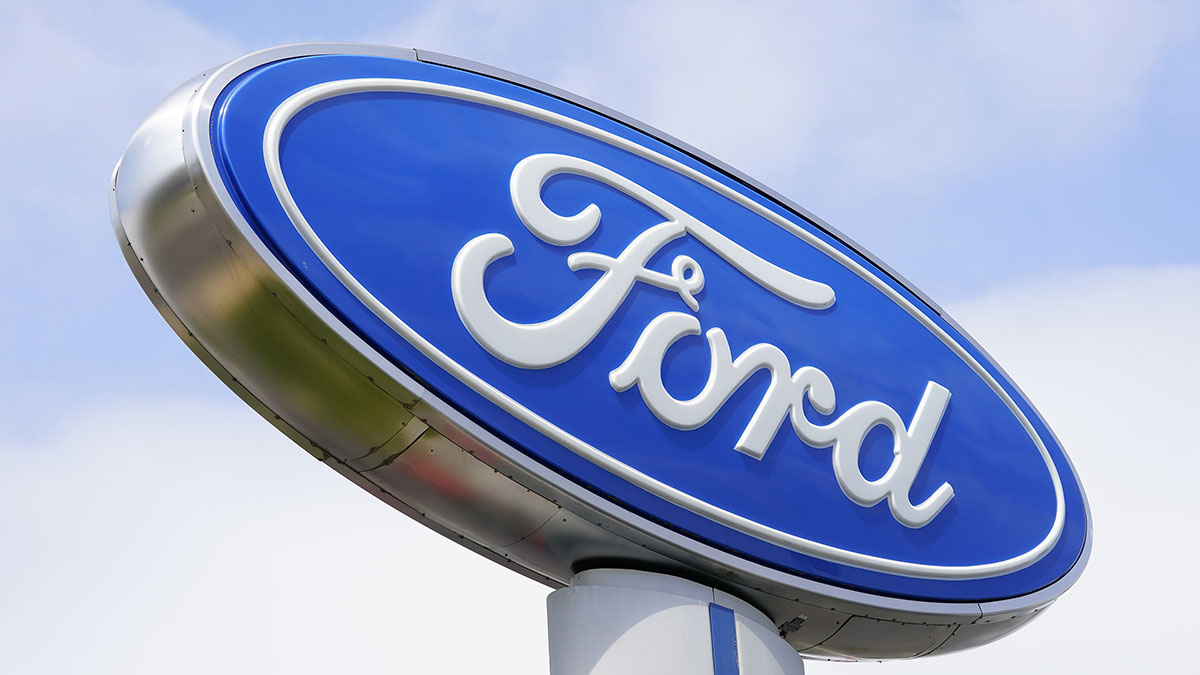
Two fatal crashes involving Ford's Blue Cruise partially automated driving system have drawn the attention of U.S. auto safety regulators.
The National Highway Traffic Safety Administration has opened an investigation of the crashes, both involving Mustang Mach-E electric vehicles on freeways in nighttime lighting conditions, the agency said in documents Monday.
The agency's initial investigation of the crashes, which killed three people, determined that Blue Cruise was in use just before the collisions.
One of the crashes occurred in February in San Antonio, Texas, killing one person, while the other happened in Philadelphia in March in which two people died.
The agency says the investigation will evaluate how Blue Cruise performs driving tasks as well as its camera based driver monitoring system.
Ford said Monday it is working with NHTSA to support the investigation.
The National Transportation Safety Board, which already is investigating the Feb. 24 San Antonio crash, determined in a preliminary report that it was operating on Blue Cruise.
The NTSB can only make recommendations, but NHTSA has the authority to take action including seeking recalls for safety issues.
Ford says on its website that its driving systems do not replace human drivers, who have to be ready to take control at any time.
US & World
Feeling out of the loop? We'll catch you up on the Chicago news you need to know. Sign up for the weekly Chicago Catch-Up newsletter.
The Texas crash occurred on Interstate 10 in San Antonio. The NTSB report says the Mach E struck the rear of a 1999 Honda CR-V that was stopped in the middle of three lanes around 9:50 p.m. The 56-year-old driver of the CR-V was killed.
Another driver who was able to avoid the CR-V told investigators that neither its tail nor hazard lights were working at the time.
The NTSB said it intends to issue safety recommendations to prevent similar crashes. It has said it opened the probe due to continued interest in advanced driver assistance systems and how vehicle operators interact with the new technology.
The other crash involving a Mach E killed two people around 3:20 a.m. March 3 in the northbound lanes of Interstate 95 in Philadelphia.
The Pennsylvania State Police said Thursday that a Mach E was in the left lane when it struck a stationary Hyundai Elantra that earlier had collided with a Toyota Prius.
The Mach E hit the Hyundai, pushing it into the rear of the Prius. During the crash, the driver of the Prius, who was outside of his vehicle, also was struck and thrown into the southbound lanes, the release said.
A police spokeswoman said a person from the Hyundai also was on the roadway and was hit. Both victims, males ages 21 and 20, were pronounced dead at the scene.
A police news release on the crash says a criminal investigation is underway and a charge of homicide by motor vehicle while driving under the influence is possible against the 23-year-old woman driving the Mach E.
Ford’s Blue Cruise system allows drivers to take their hands off the steering wheel while it handles steering, braking and acceleration on highways. The company says the system isn’t fully autonomous and it monitors drivers to make sure they pay attention to the road. It operates on 97% of controlled access highways in the U.S. and Canada, Ford says.
There are no fully autonomous vehicles for sale to the public in the U.S.
Both NHTSA and the NTSB have investigated multiple previous crashes involving partially automated driving systems.
Last week NHTSA began investigating whether Tesla’s fix for a December recall involving more than 2 million vehicles equipped with the company’s Autopilot automated system took care of the problem. The recall was done because the driver monitoring system was inadequate and posed a safety risk.
NHTSA said it ultimately found 467 crashes involving Autopilot resulting in 54 injuries and 14 deaths.




